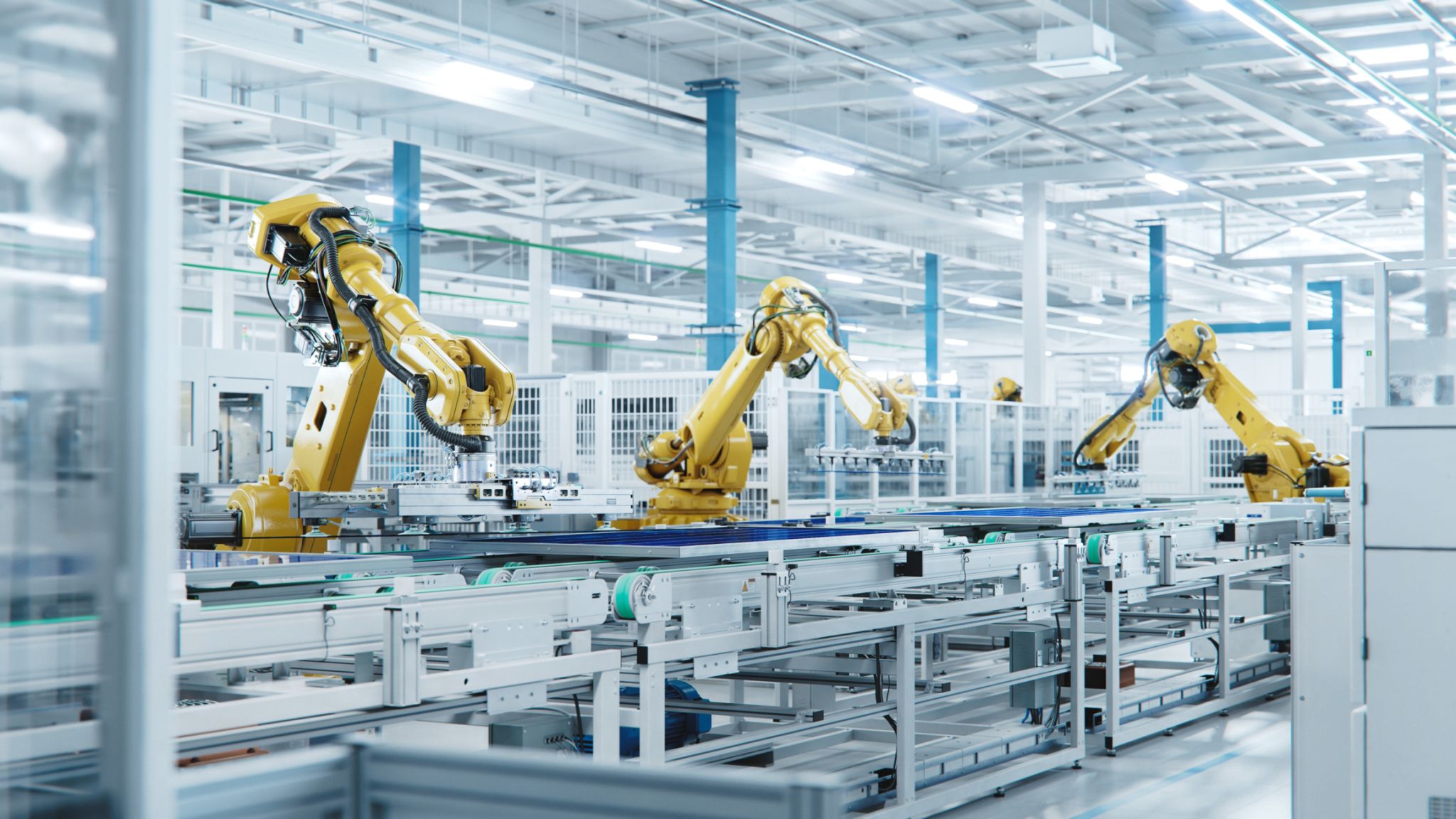Debunking Myths: Common Misconceptions About Robotics in Renewable Energy
Understanding Robotics in Renewable Energy
As the world increasingly turns to renewable energy sources, the integration of robotics has become a pivotal topic. However, with its rise, several myths and misconceptions have emerged, clouding the true potential and application of robotics in this field. It's time to set the record straight and debunk some of these common myths.

Myth 1: Robotics in Renewable Energy Is Too Expensive
One of the most pervasive myths is that incorporating robotics into renewable energy systems is prohibitively expensive. While initial investments can be significant, the long-term financial benefits often outweigh the costs. Robots can increase efficiency, reduce maintenance costs, and extend the lifespan of equipment. For example, robotic cleaning systems for solar panels can maintain optimal efficiency without manual labor costs, ultimately leading to higher returns on investment.
Myth 2: Robotics Replaces Human Jobs
Another common misconception is that robots will take away jobs in the renewable energy sector. In reality, robotics often complements human labor rather than replacing it. Robots handle repetitive, hazardous, or precision tasks, allowing human workers to focus on more complex and strategic roles. This collaboration can lead to job creation in areas such as robot maintenance, programming, and system analysis.

Myth 3: Robots Are Not Reliable
Some skeptics argue that robots are not reliable enough for critical renewable energy applications. However, advancements in technology have significantly improved the reliability and accuracy of robotic systems. Robots are now equipped with sophisticated sensors and AI capabilities, enabling them to perform tasks with precision and consistency that surpasses human abilities in some cases. As a result, they are increasingly trusted for delicate operations such as wind turbine inspections.
Myth 4: Robotics Technology Is Too Complex
The perceived complexity of robotics technology can be intimidating, leading to the belief that it is too difficult to implement and manage. However, modern robotics solutions are becoming more user-friendly with intuitive interfaces and comprehensive support systems. Companies are investing in training programs to ensure that employees can effectively operate and maintain robotic systems, making the technology more accessible than ever before.

The Real Impact of Robotics in Renewable Energy
Beyond debunking myths, it's essential to highlight the real impact of robotics in renewable energy. Robots are instrumental in improving safety standards by taking on dangerous tasks such as inspecting offshore wind turbines and maintaining solar farms in extreme climates. By ensuring consistent energy production and minimizing downtime through predictive maintenance, robotics contributes significantly to the reliability and sustainability of renewable energy systems.
The Future of Robotics in Renewable Energy
Looking ahead, the role of robotics in renewable energy is expected to expand even further. Innovations like autonomous drones for aerial inspections and AI-driven predictive analytics are set to revolutionize the industry. As technology continues to evolve, so will the opportunities for integrating robotics solutions into various aspects of renewable energy production and management.

Conclusion
In conclusion, while misconceptions about robotics in renewable energy persist, it's crucial to acknowledge the tangible benefits and opportunities that these technologies offer. By debunking myths and embracing innovation, we can pave the way for a more sustainable and efficient energy future. As stakeholders continue to explore new applications for robotics in this field, the potential for positive impact only grows.
